

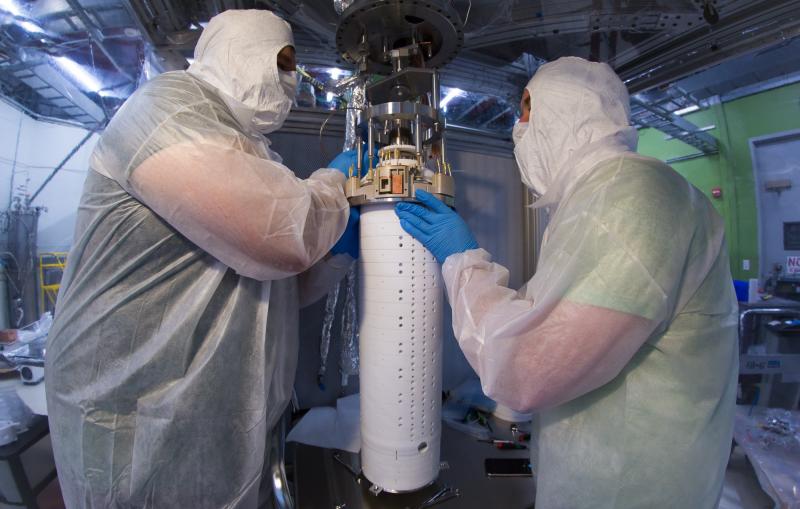
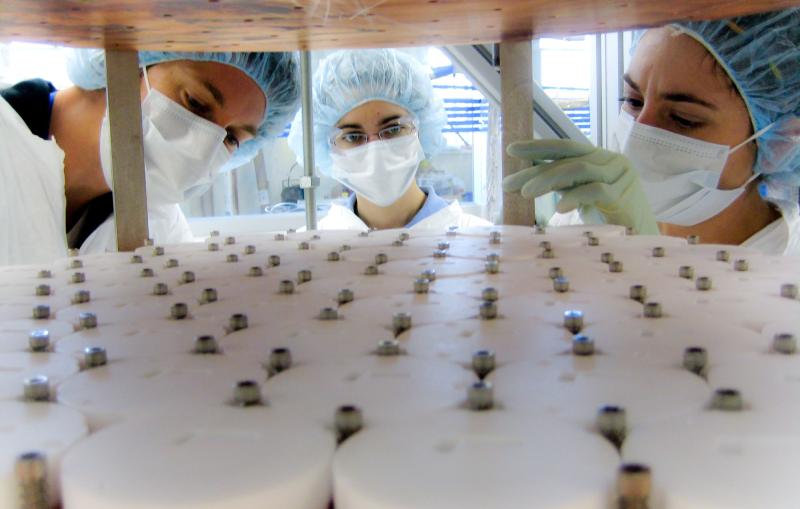
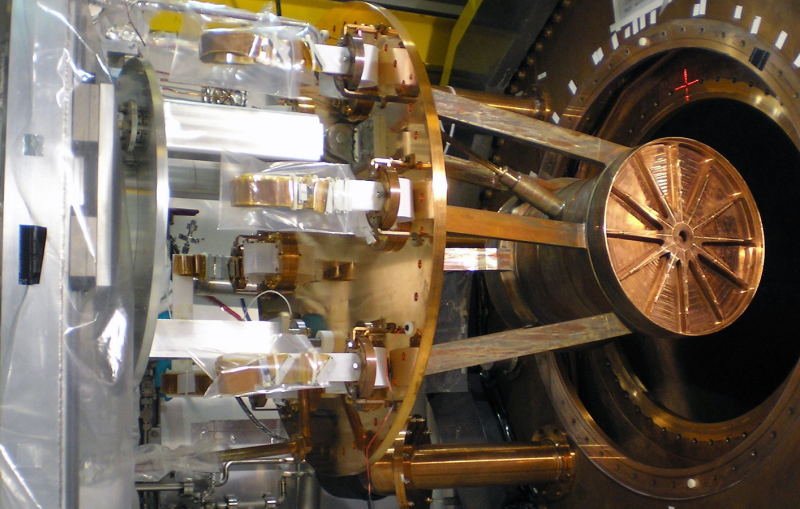
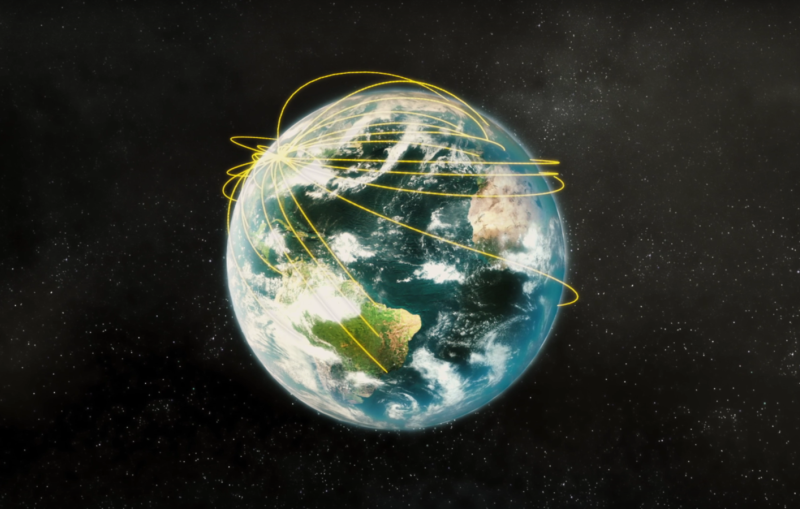
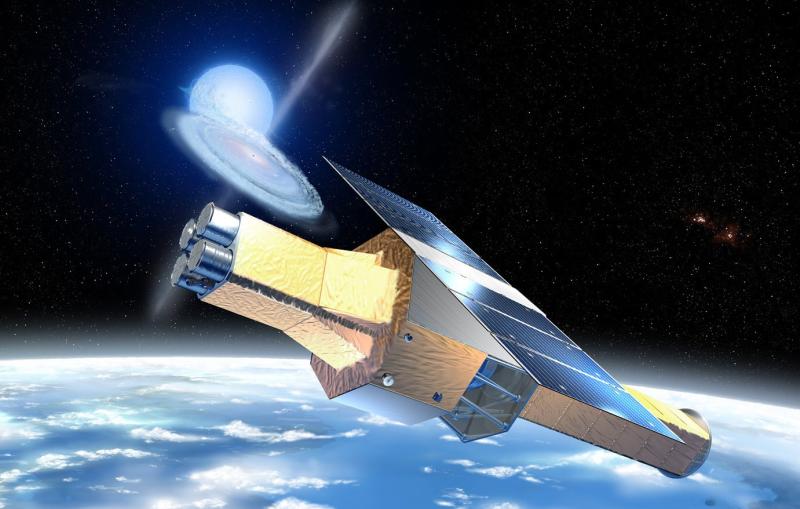
News Feature
VIA Stanford News
Stanford Scientists Celebrate Technological Advances that Finally Made Gravitational Wave Detection Possible
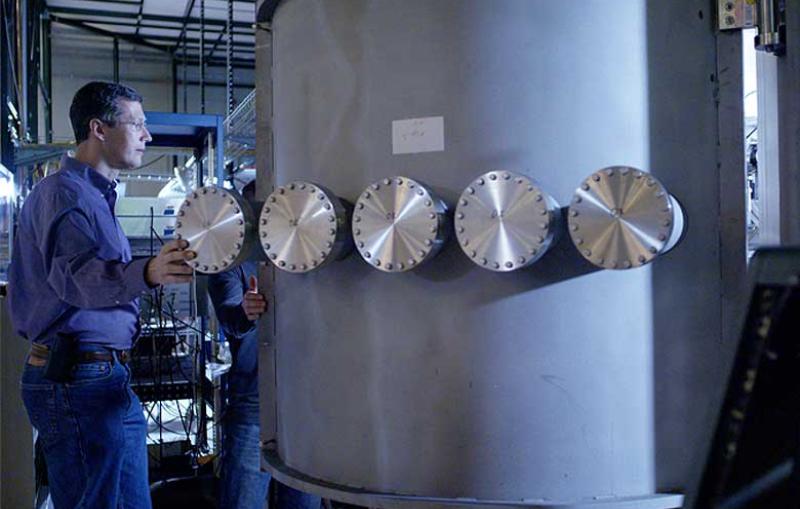
Detectors help enable science at many SLAC facilities and research programs, particularly in the fields of X-ray science, particle physics, and astrophysics.
Related link:
New technologies







